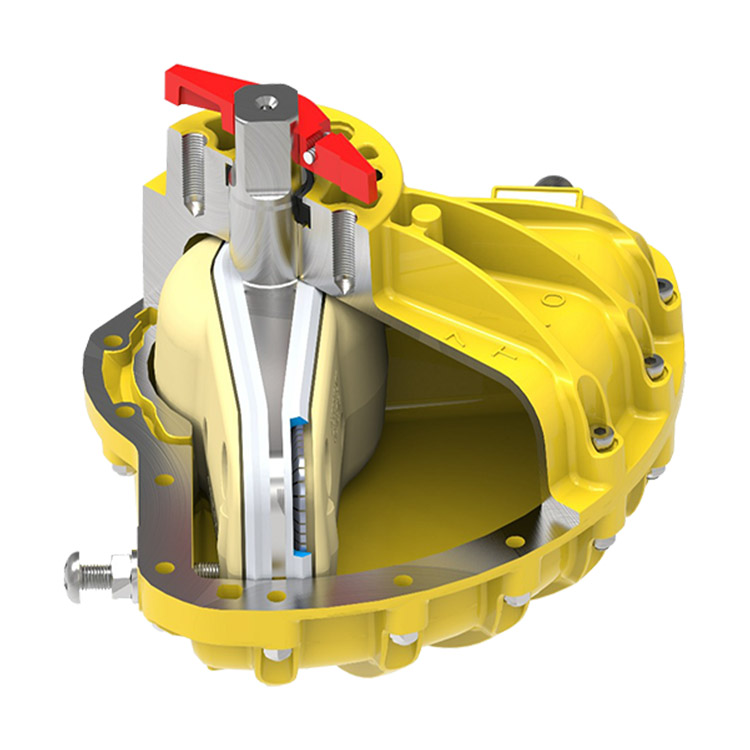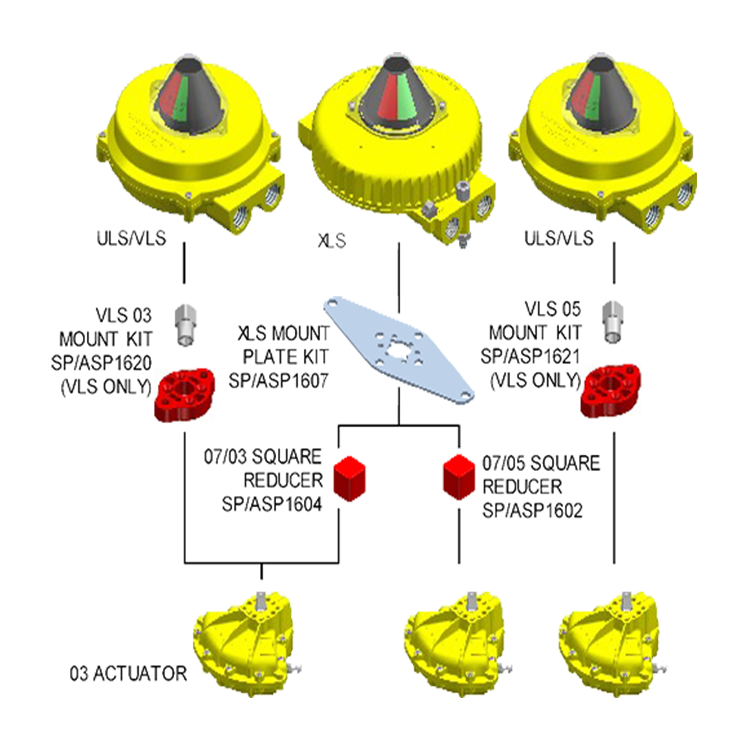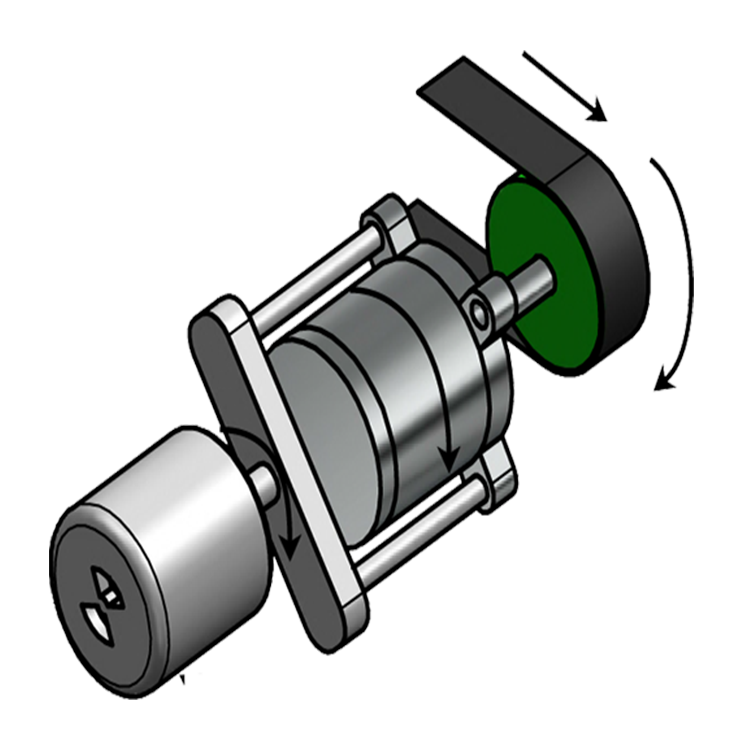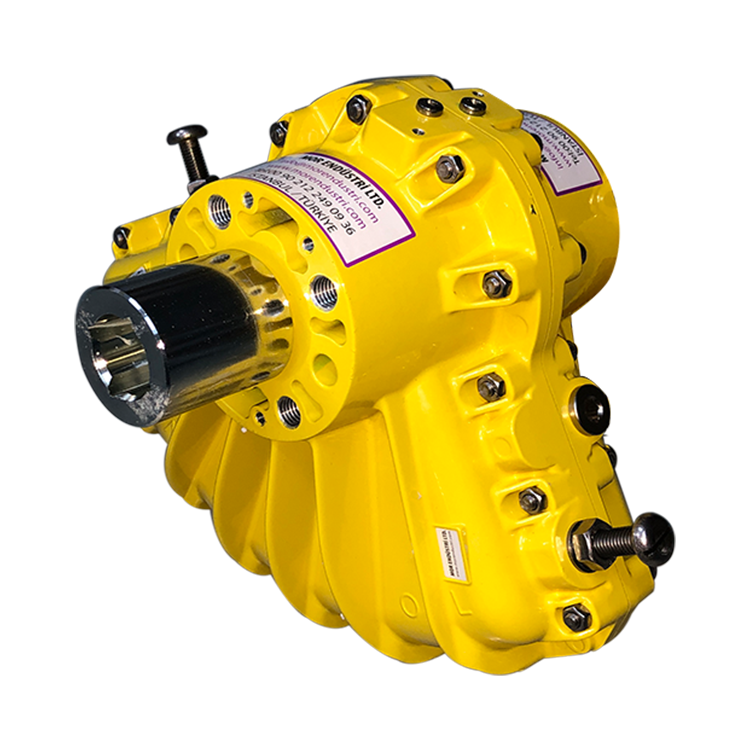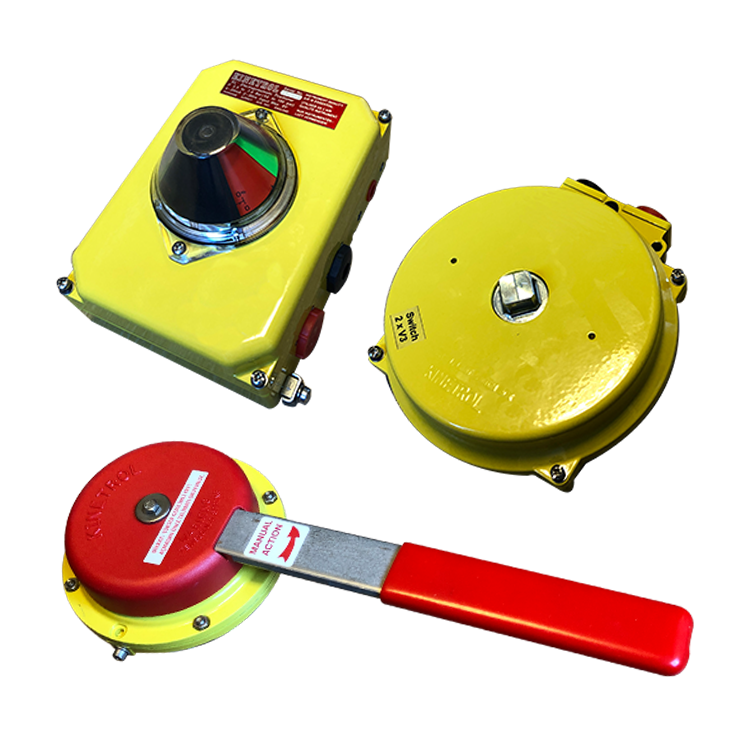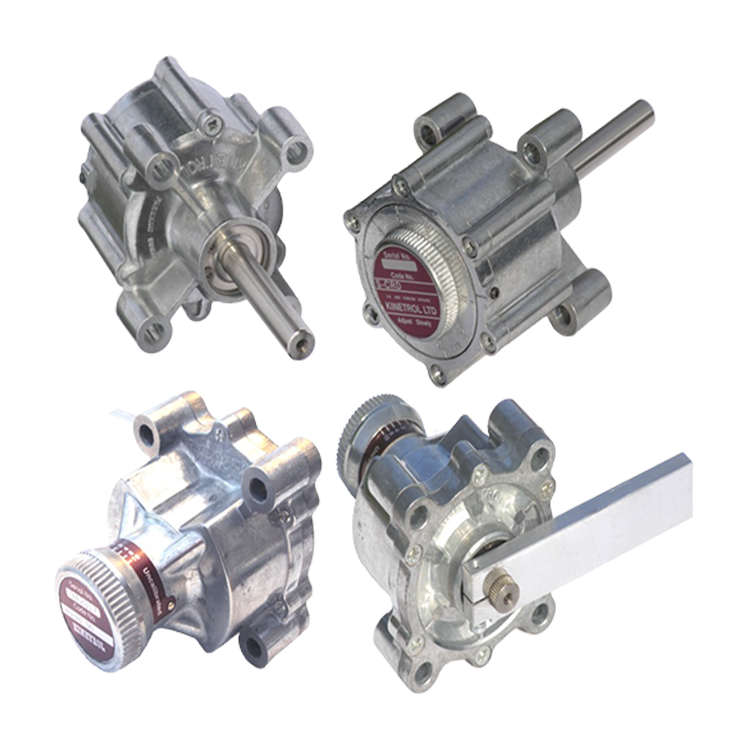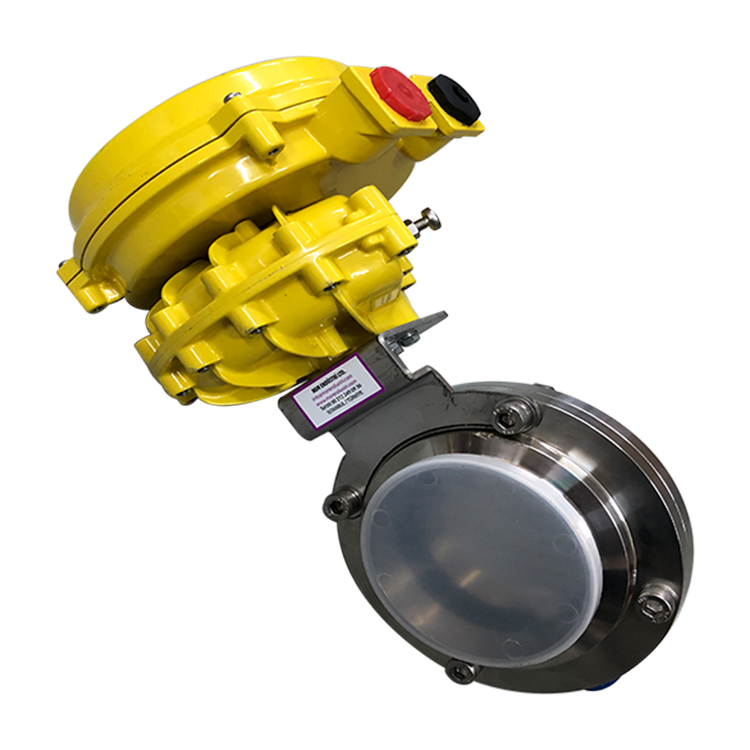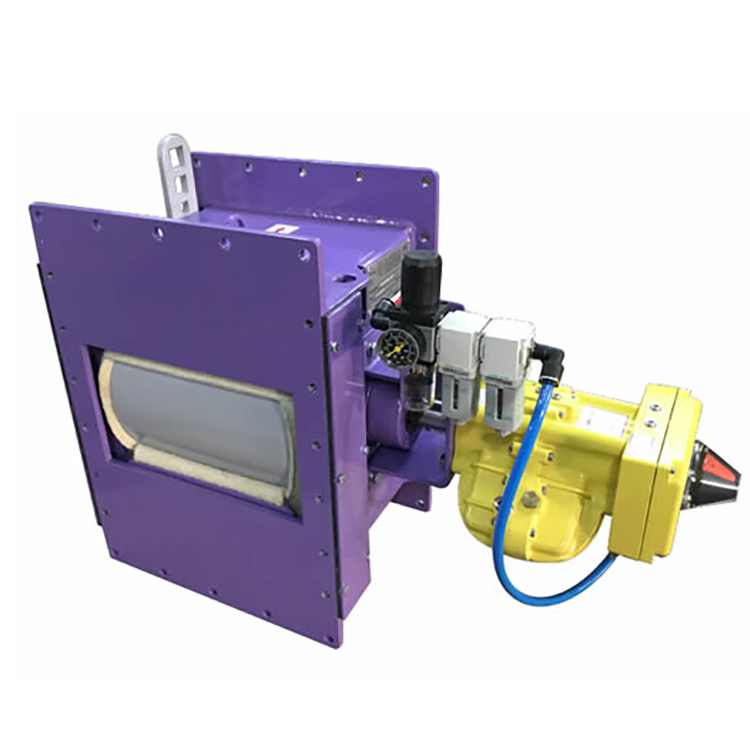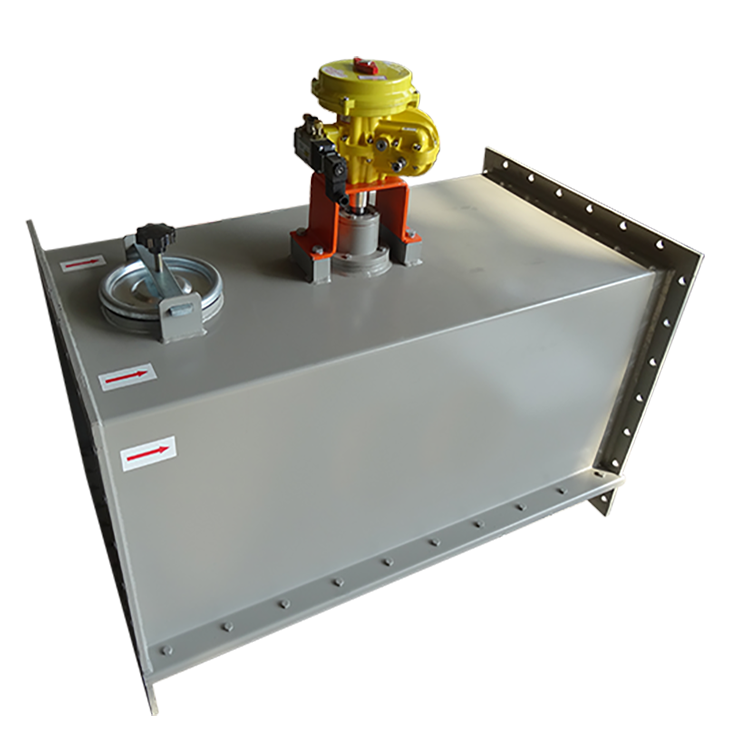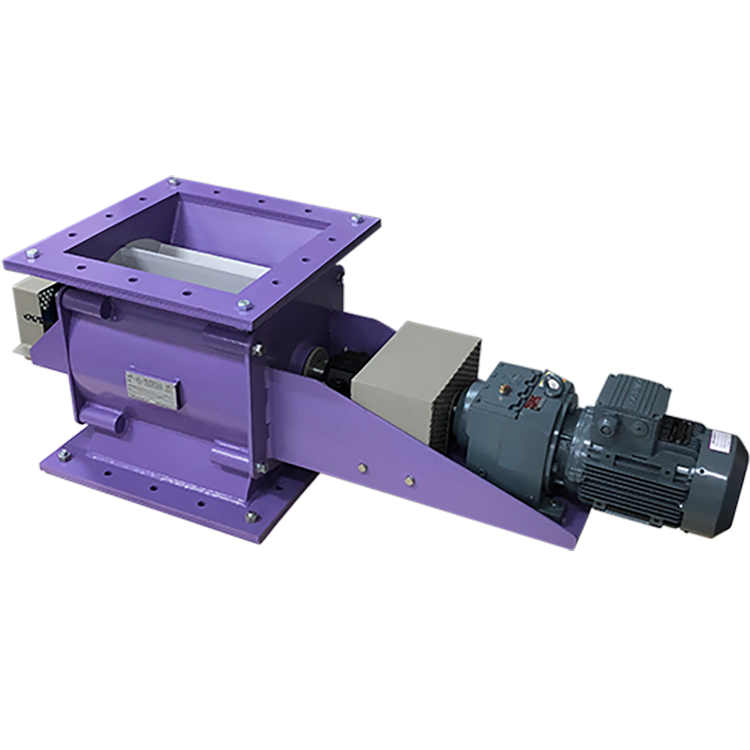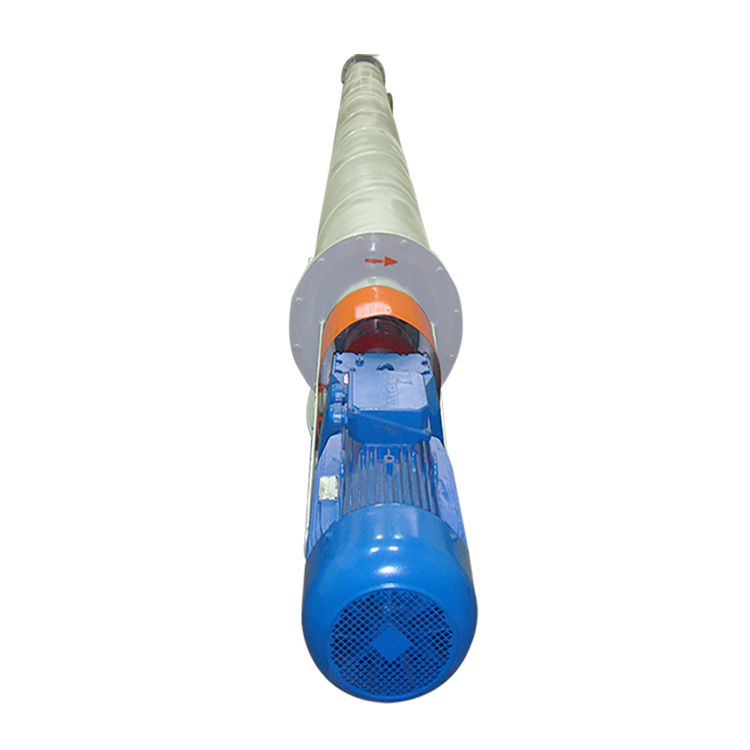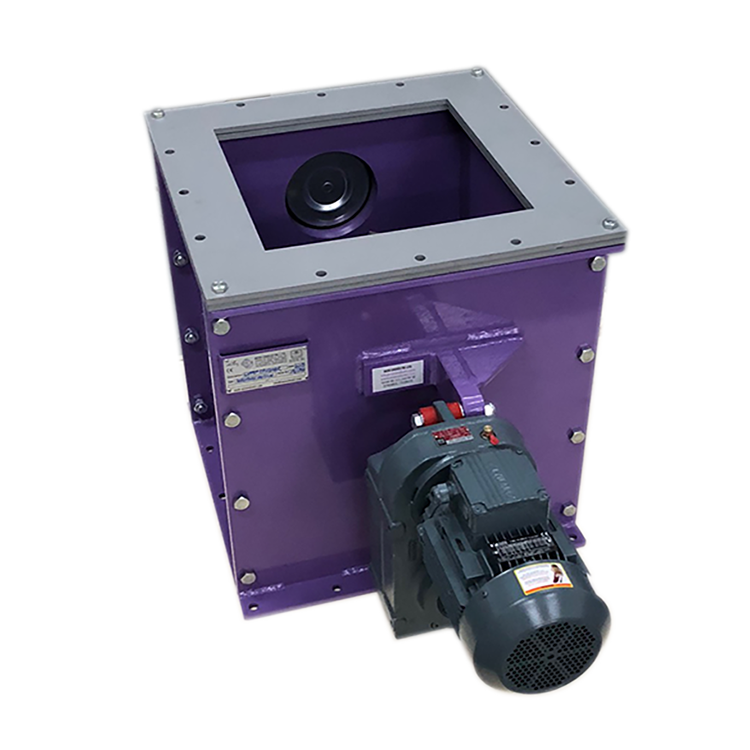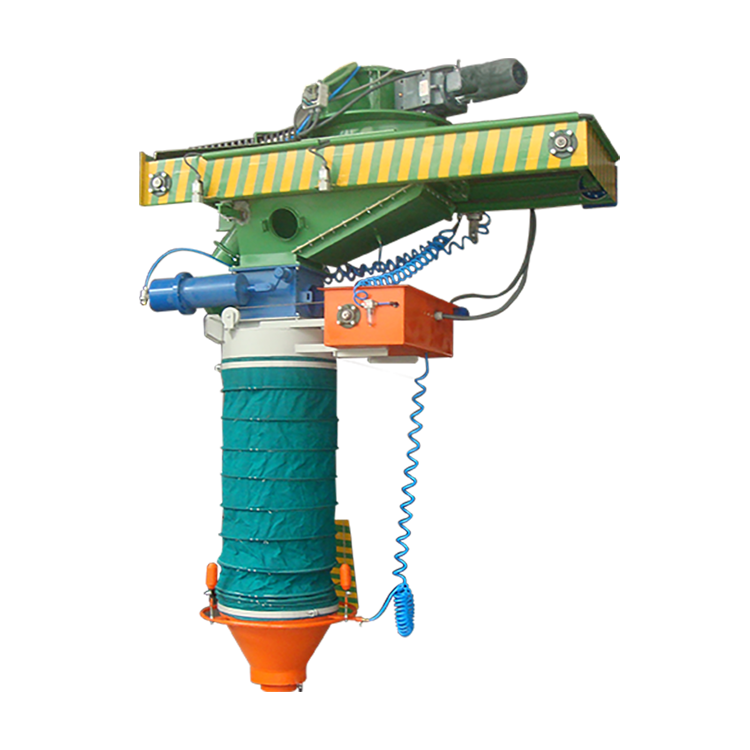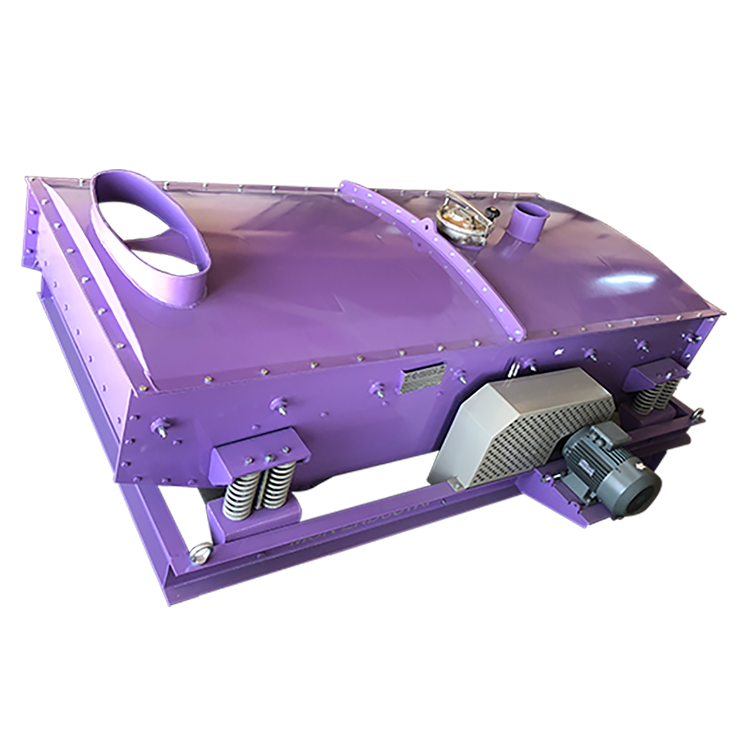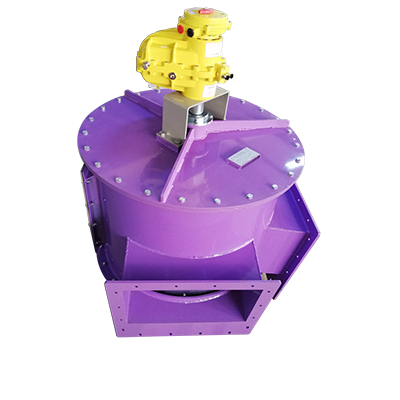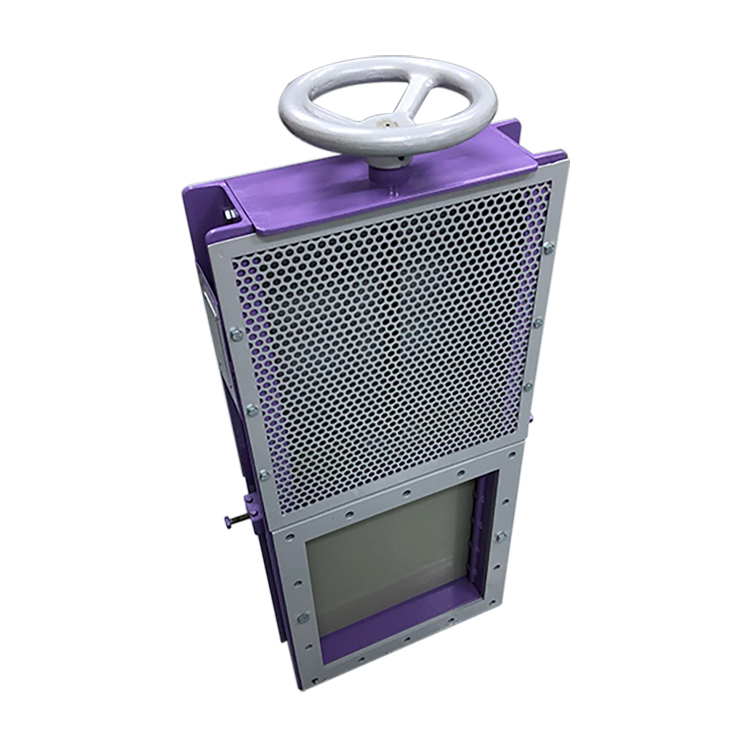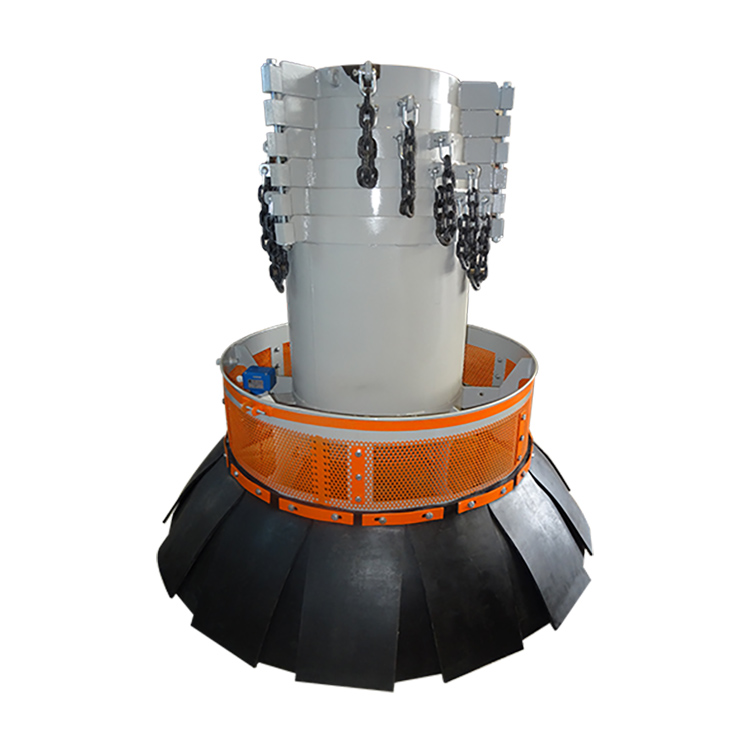Air slide is used in the transport of products such as lime, cement and ash along with pneumatic transport techniques. It consists of two different parts: porous air tape cloth and separated air slide. Low-pressure air is fed, and this quality of the lower section also provides convenience in the areas of use.
Especially in places where there is enough slope, it is seen that the best solutions are provided together with air slide systems. The cost of the system required for the plant is significantly reduced, and materials that are located at a wide-angle work at a low speed.
Why Is Air Slide Used?
After the explanations of Air Slide, here are many studies on which areas air slides are used more often. Firstly, they are evaluated in various forms together with dense phase systems within Air Slide transport systems.
Along with the air that passes through the pores to the upper part, a kind of lubricating effect occurs on the air slide cloth. As a result of the spread of lubrication, the material on the air slide which is inclined around 6-8 degrees, reaches the capacity to transport comfortably. In terms of volume and size, it is seen that it is produced in 150-800mm sizes.
What Are the Technical Specifications of the Air Slide?
Air Slides have a number of technical specifications such as simple construction, low energy consumption, large transmission quantities in small sizes and easy assembly according to their usage areas. Air Slides are used to ensure safety transportation of products.
Very little wear occurs due to the lacking of movable parts. In terms of usage areas, especially bulk loading lines, packaging machine feeding, silo and bunker outlets and tape scale feeding can be considered.
It is preferred in terms of the advantages provided by other features of the product, especially in its usage areas. Air Slides are considered as a whole with their technical features. They are evaluated in various ways with dense phase systems. Air slides, preferred for the benefits they provide in usage areas are produced in the shapes required by their volume and dimensions.



 TR
TR